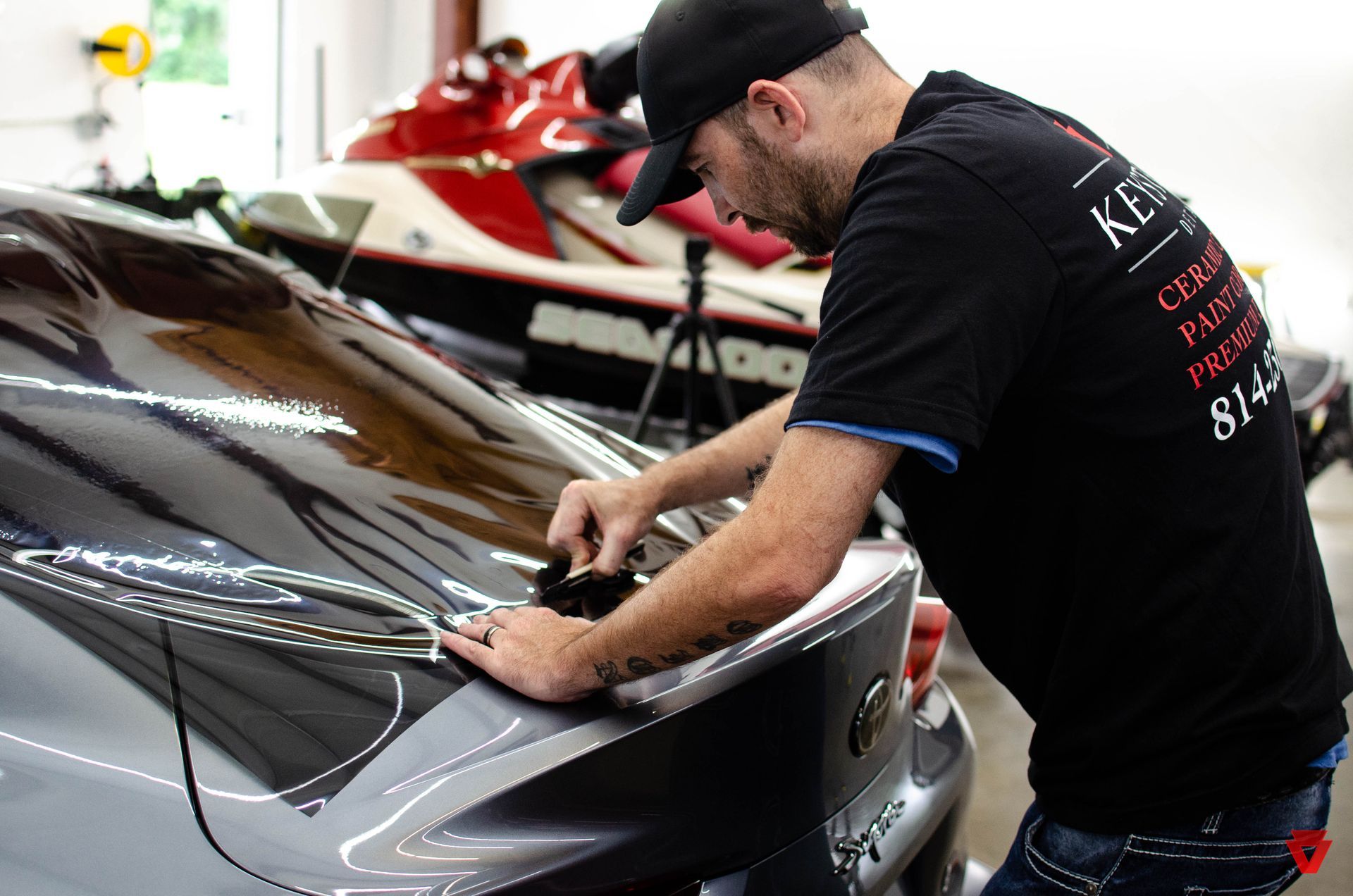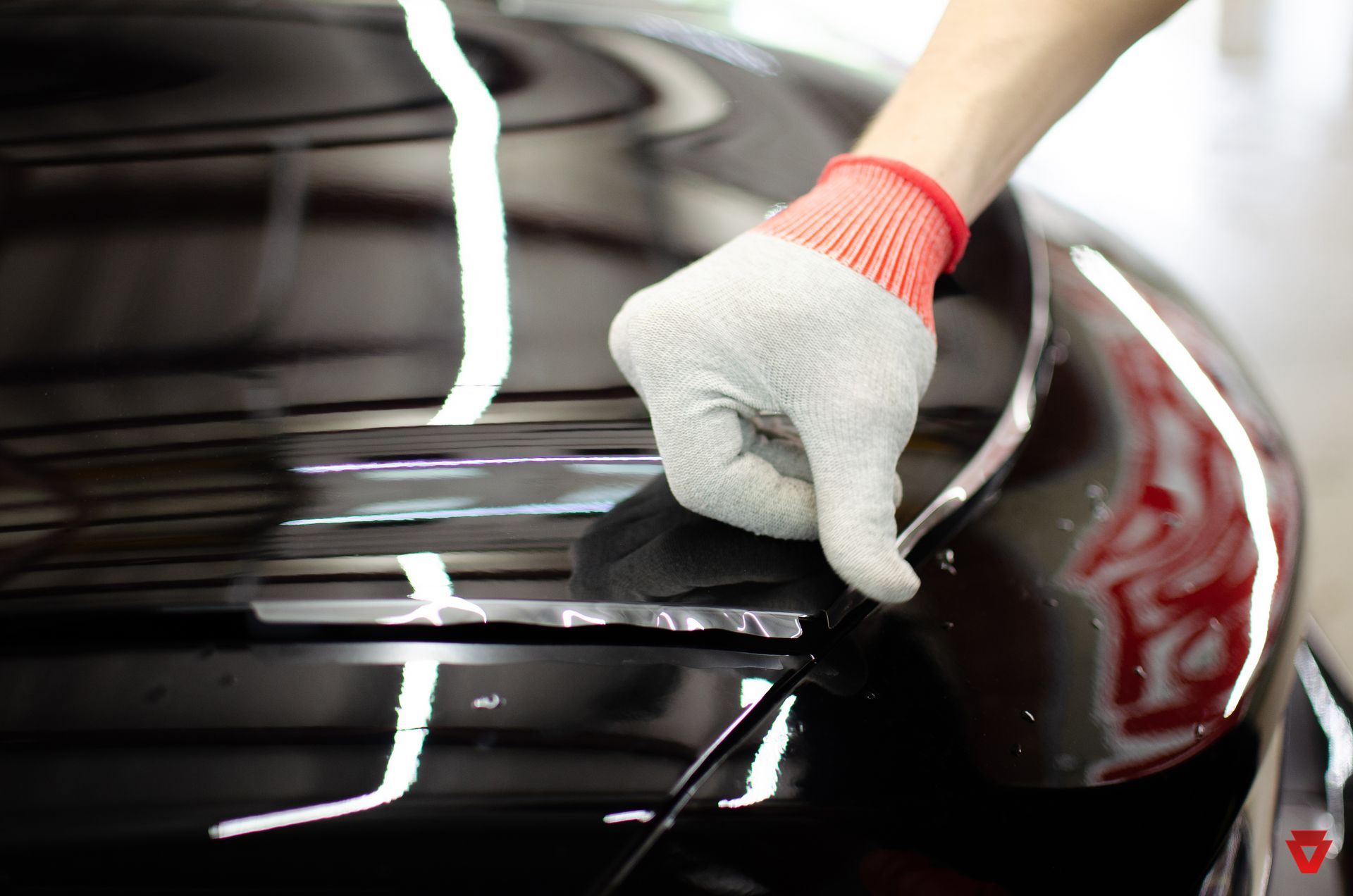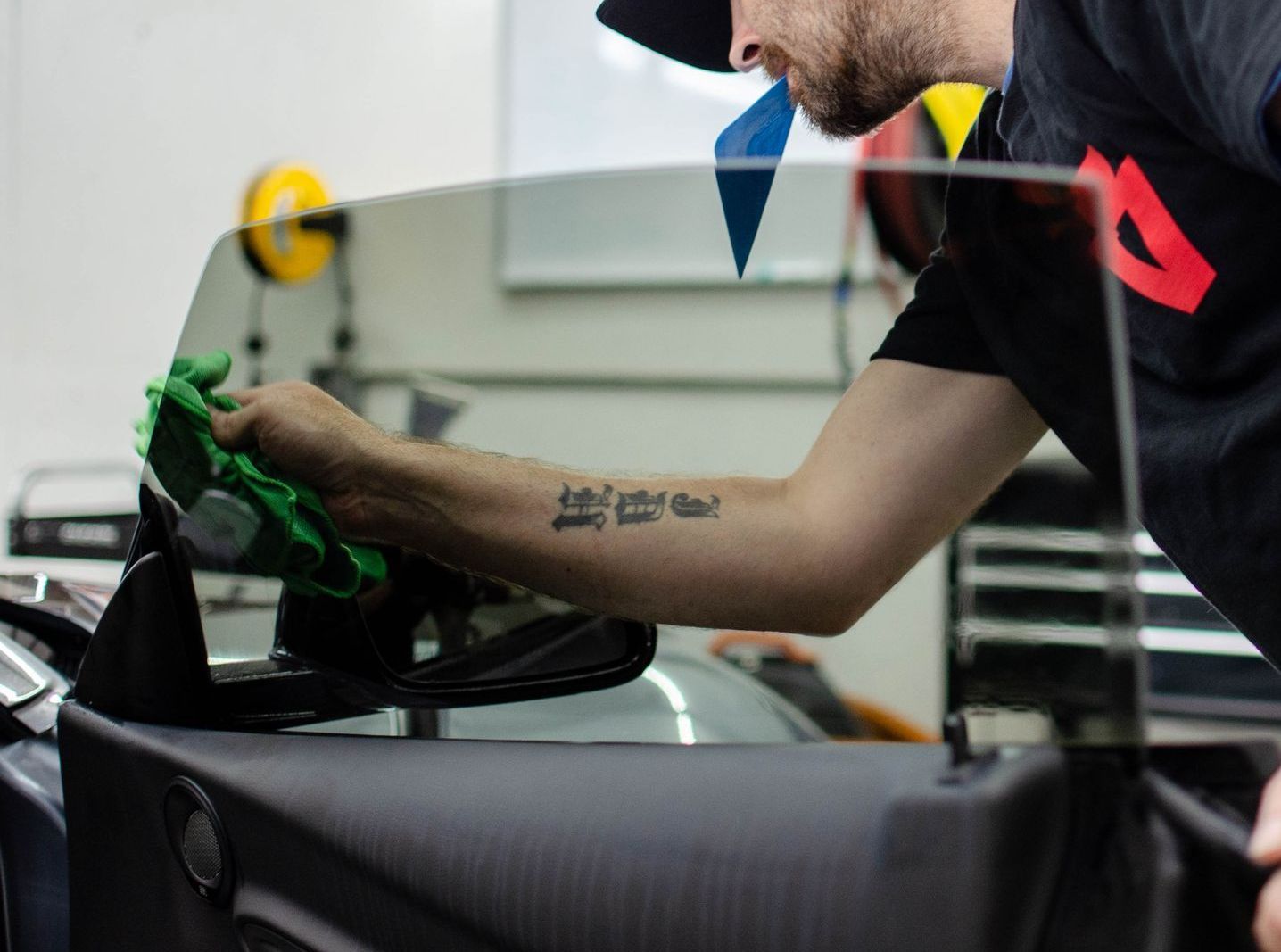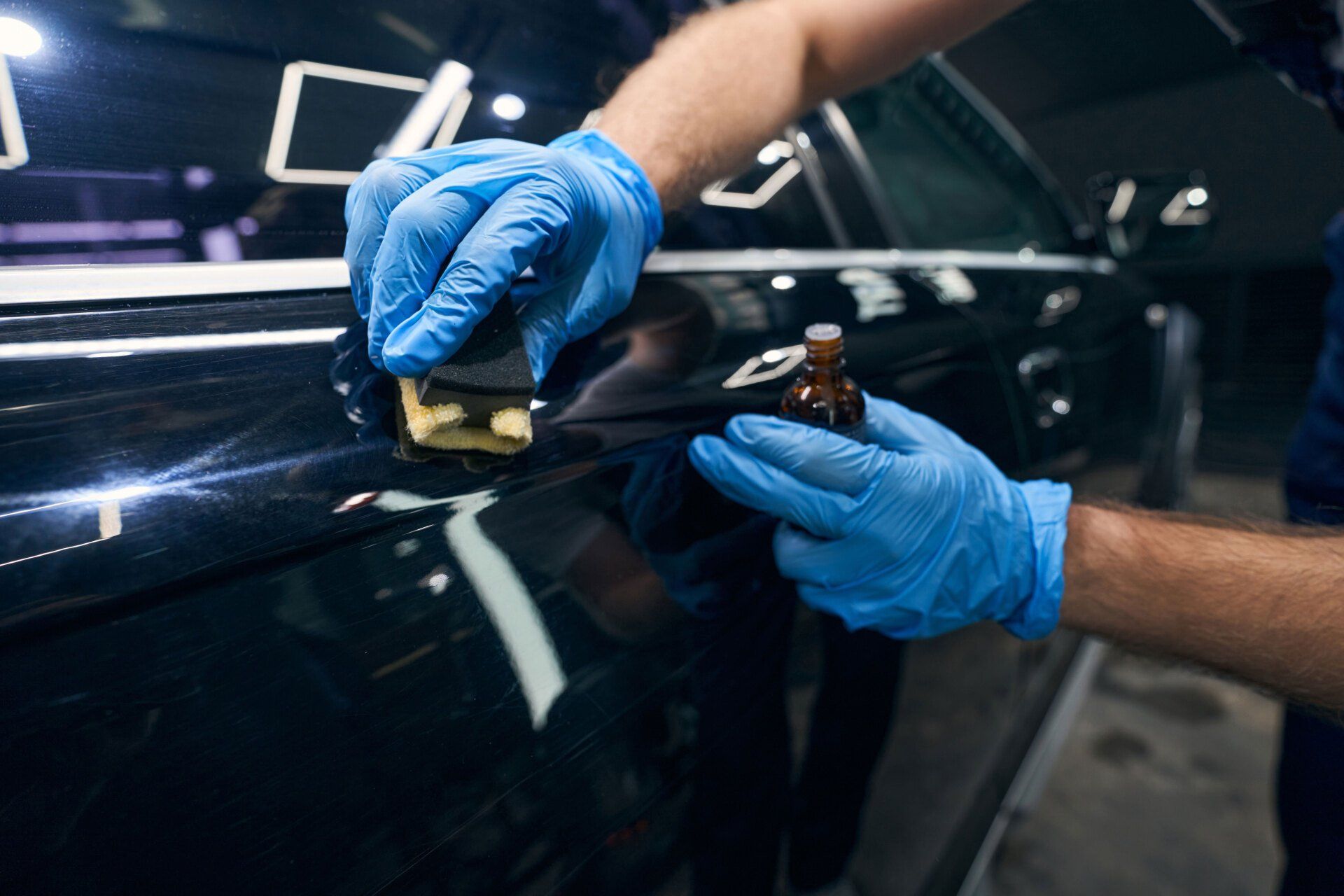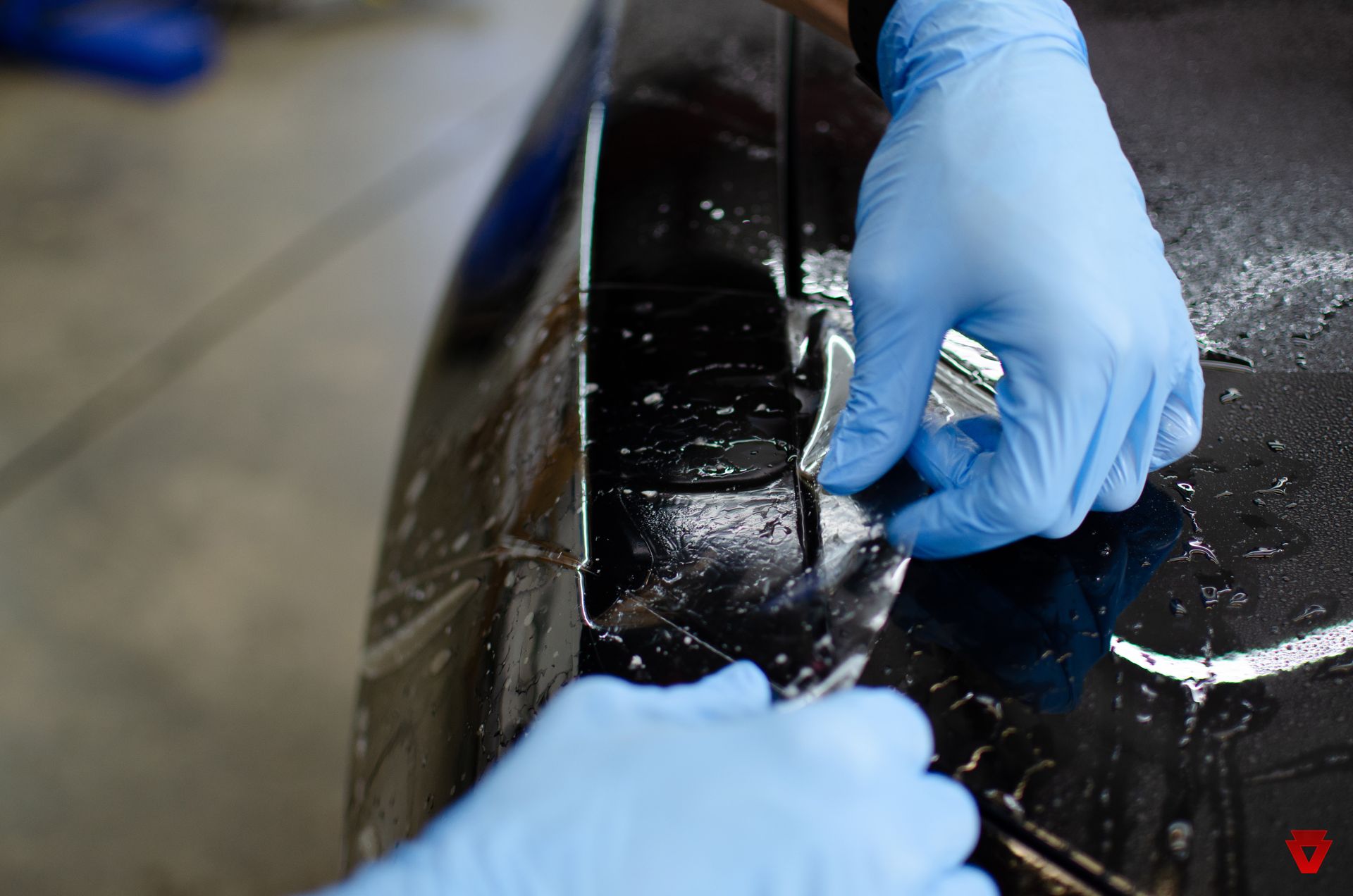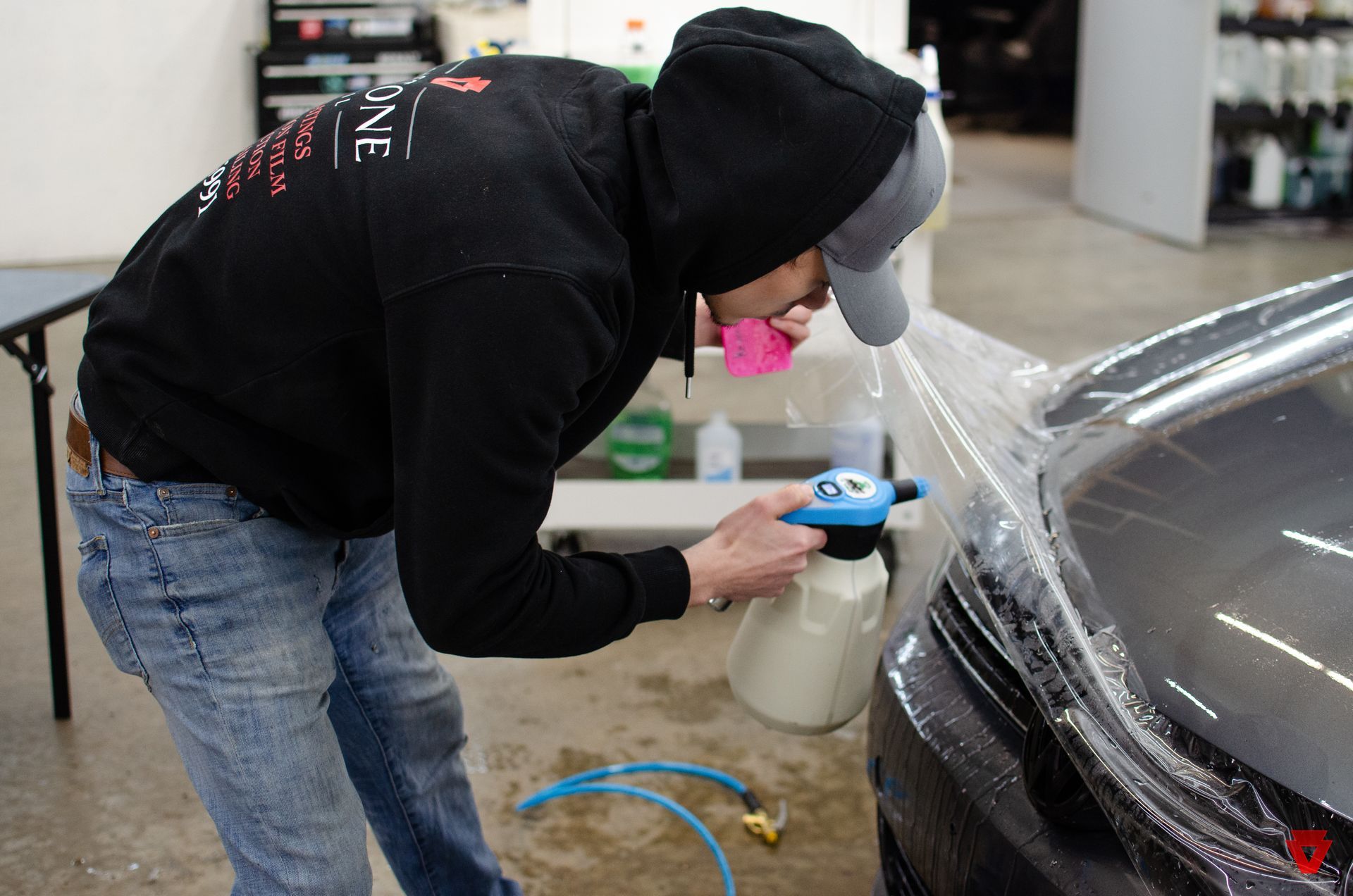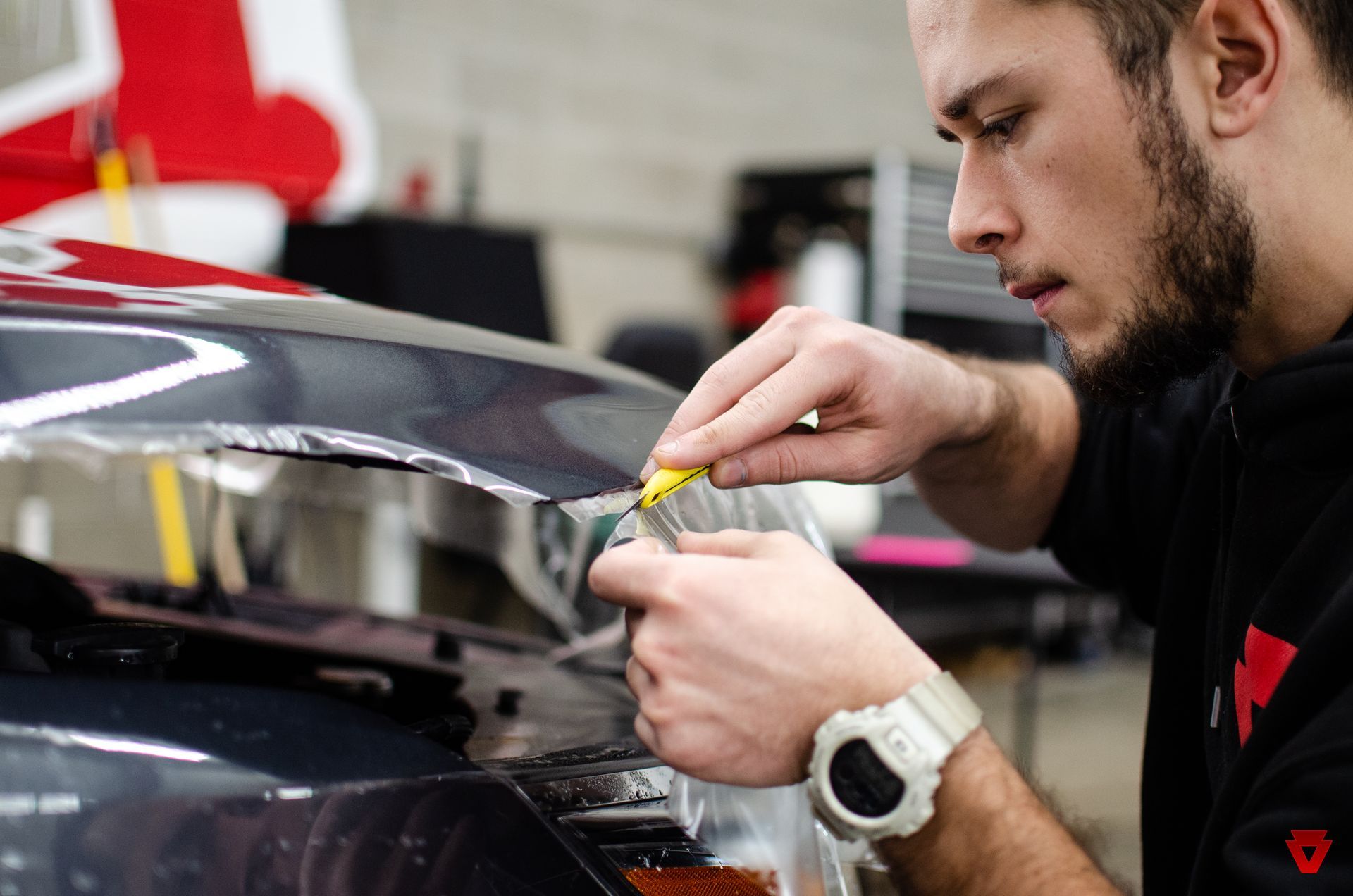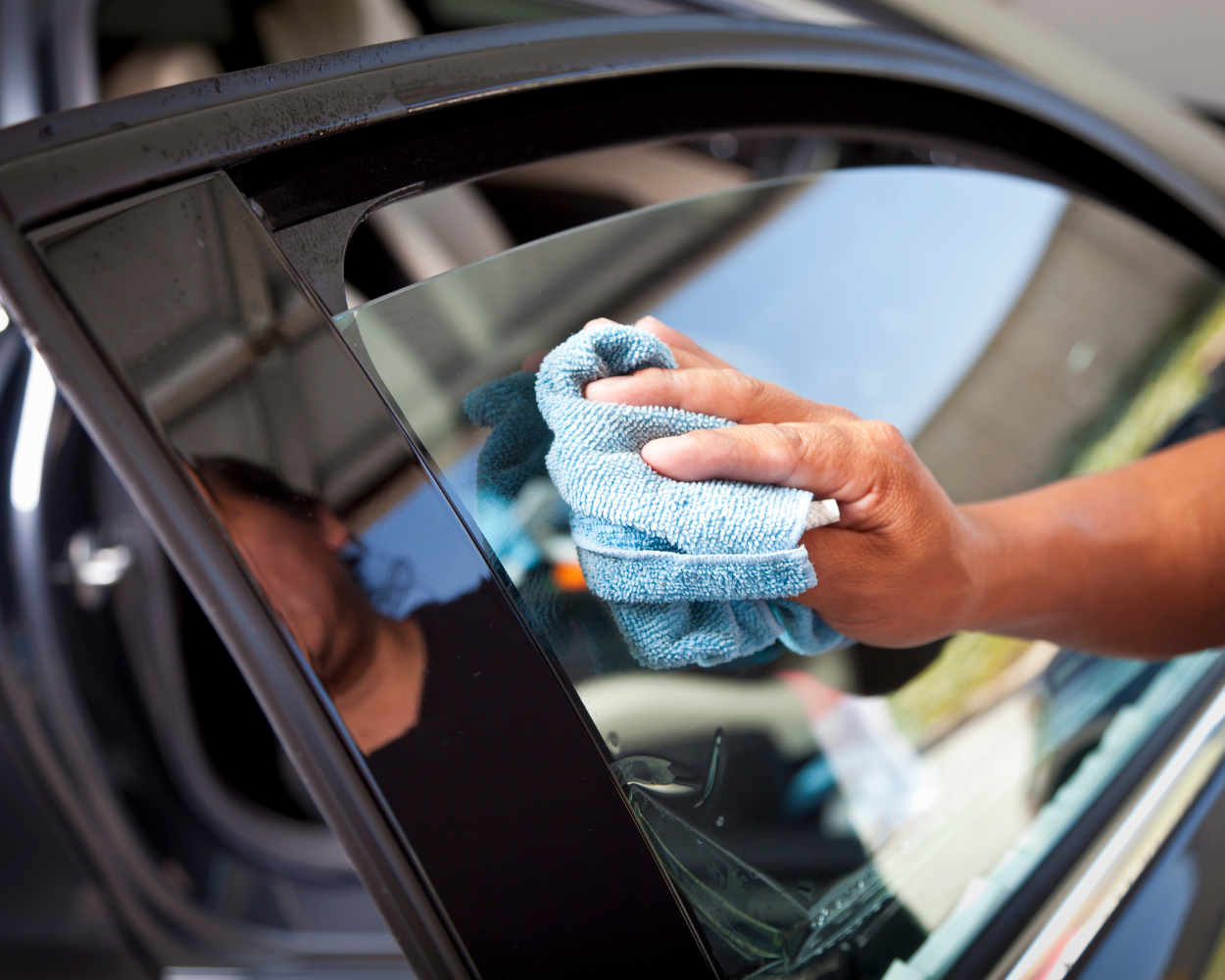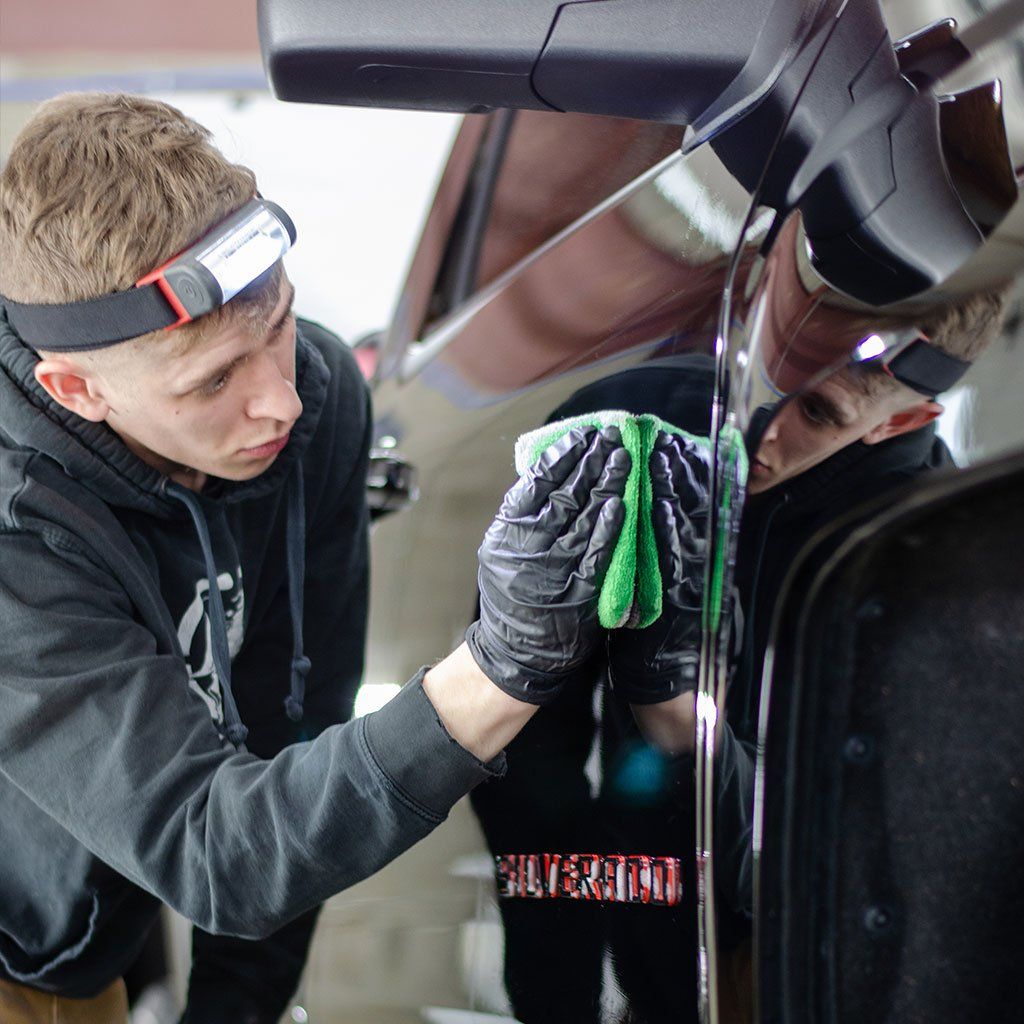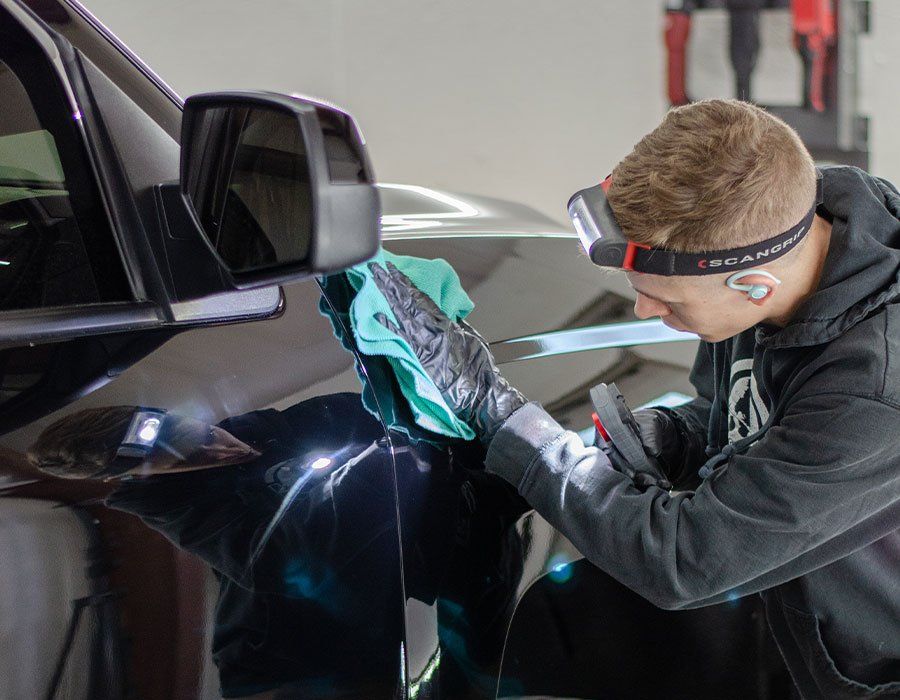Choosing the Right Paint Protection Film for Your Vehicle: A Comprehensive Guide
Your car is more than just a mode of transport; it’s an extension of your style and personality. Protecting its pristine exterior from daily wear and tear—caused by UV rays, road debris, and other environmental factors—requires more than regular washing and waxing. This is where choosing the right paint protection film becomes essential.
When selecting a paint protection film for your vehicle, it is crucial to consider factors such as durability, thickness, UV resistance, and self-repair capabilities. Look for well-established manufacturers offering high-quality products that align with your budget and research certified installers known for their quality workmanship to ensure proper application of the film.
Exploring the Types of Paint Protection Films
When it comes to safeguarding your vehicle's paint, various types of paint protection films should be considered. Each type has its own set of advantages and drawbacks, making it crucial to thoroughly explore these options before making a well-informed decision.
- Thermoplastic Polyurethane (TPU): This type is renowned for its exceptional flexibility and self-healing properties. When applied correctly, TPU offers impressive resistance against scratches, stone chips, and minor abrasions. The standout feature of TPU is its ability to revert to its original state when heat is applied. This means that small scratches or imperfections can vanish when exposed to sunlight or heat, keeping your car looking pristine even after minor wear and tear.
- Polyvinyl Chloride (PVC): It tends to be more affordable than TPU but may not offer the same level of durability. While PVC can provide a decent level of protection against common hazards like road debris and light abrasions, it typically lacks the self-healing capabilities of TPU. However, for those seeking a cost-effective solution, PVC may still be a viable choice.
- Hybrid Films: As the name suggests, hybrid films combine the benefits of both TPU and PVC. By blending the durability of TPU with the affordability of PVC, these hybrid options offer a balanced approach to paint protection. Drivers can enjoy enhanced resistance against scratches and chips while maintaining a reasonable cost-performance ratio.
As we understand the unique qualities of each paint protection film type, it becomes clear that choosing the right one depends on various factors such as budget, desired level of protection, and long-term maintenance expectations.
Benefits of Paint Protection Films
When it comes to safeguarding your vehicle's exterior, paint protection films act like a shield against the elements. Here are some key reasons why investing in this protective layer is not just beneficial but essential.
- Enhanced Vehicle Lifespan: Paint protection films act as a barrier, offering robust defense against environmental hazards such as UV rays, bird droppings, and acid rain. These elements can cause gradual deterioration of the paint over time, leading to discoloration and fading. By preventing these damages, the film significantly extends the lifespan of your vehicle's exterior, keeping it looking fresh and vibrant for longer.
- Aesthetics and Resale Value: Apart from protecting the original factory finish, paint protection films enhance the overall appearance of your vehicle by maintaining a glossy, pristine exterior. This preservation of aesthetics plays a crucial role in retaining the resale value of your car. Potential buyers are more inclined towards vehicles with well-preserved exteriors, ultimately ensuring that your investment in the film pays off when it’s time to sell or trade-in your vehicle. The preserved aesthetics make a lasting impression, conveying an image of care and maintenance. An immaculate exterior reflects positively on the entire vehicle, embodying an owner's dedication to upkeep and attention to detail.
- Easier Maintenance: Protected surfaces are inherently easier to clean and maintain. With the film acting as a shield against dust, dirt, and grime, your vehicle requires less frequent waxing and polishing. The reduced need for meticulous upkeep saves both time and money in the long run, making paint protection films an efficient choice for busy car owners who still want their vehicles to look their best. Moreover, by minimizing the accumulation of dirt and other contaminants on your vehicle's surface, the protective film reduces wear and tear over time. This translates into fewer detailing sessions and a prolonged, pristine appearance for your vehicle’s exterior.
In summary, paint protection films offer a trifecta of benefits: preserving your vehicle's aesthetics, enhancing its longevity, and simplifying maintenance—a worthwhile investment with long-term returns.
Evaluating Paint Protection Film Durability
When it comes to paint protection films, durability stands out as a critical factor directly impacting the level of protection offered to your vehicle. Thicker films, generally measured in mils (a mil being a thousandth of an inch), tend to provide better defense against scratches, scuffs, and rock chips. For example, 8-mil to 10-mil films are commonly used and strike a good balance between protection and flexibility. The thickness of the film is analogous to the thickness of a piece of paper—the thicker it is, the more resistant it will be to damage. A thicker film can also absorb impact energy better and resist potential scratches more effectively, making it particularly beneficial for cars that frequently experience rough driving conditions, such as long-distance commuters or off-road vehicles.
Assessing Paint Protection Film Quality
Quality is another crucial aspect for evaluating paint protection films. It can be determined by examining the film's clarity, adhesive strength, and self-healing capabilities. High-quality films offer clearer finishes that are almost invisible once applied to the car's surface. Additionally, they boast stronger adhesives that prevent peeling over time, ensuring long-term protection without compromising the aesthetics of your vehicle. Moreover, some advanced paint protection films now come equipped with self-healing features that can actually repair minor scratches or swirls. This innovative technology utilizes heat and friction caused by sunlight to enable the film to automatically eliminate these blemishes. Most reputable brands are renowned for their exceptional self-healing properties as well as resistance against yellowing or peeling over time.
Considering Paint Protection Film Cost
Cost is a significant consideration when choosing a paint protection film that aligns with your vehicle's needs and your budget. Prices can vary widely based on the brand, coverage area, and specific features included in the film. Generally, paint protection film prices range from $1500 to over $5000. While it might be tempting to opt for a more affordable option initially, investing in a higher-quality film could prove to be more cost-effective in the long run. Higher-quality films often offer better durability and enhanced protection against environmental hazards, reducing the likelihood of costly repairs or repainting in the future. Evaluating the durability, quality, and cost of paint protection films is essential in making an informed decision that meets both your vehicle's protective needs and your financial considerations.
The Application and Installation Process
The application and installation process of paint protection film is a critical undertaking that requires precision and attention to detail to ensure optimal protection for your vehicle. Let's break down each step comprehensively to understand the intricacies and significance of the process, starting with surface preparation.
- Surface Preparation: It all begins with a clean slate. Before applying the paint protection film, it's imperative to thoroughly clean the vehicle to eliminate any dirt, grease, or wax. This meticulous cleaning ensures that the film adheres seamlessly to the surface, without any imperfections trapped underneath. It sets the foundation for a flawless application that maximizes both protection and aesthetics. Think of it as laying a foundation for a sturdy structure. Just as architects meticulously prepare the ground before constructing a building, ensuring stability and longevity, surface preparation paves the way for an effective paint protection film installation. By eliminating contaminants and residues, you're guaranteeing a secure and steadfast bond between the film and your vehicle's exterior.
- Cutting and Positioning: Once the surface is pristine, the next step involves precision—measuring and cutting the film to fit specific parts of the vehicle. Many installers utilize pre-cut kits from reputable brands for exact fits. This tailored approach ensures that every curve and contour of your vehicle receives comprehensive protection without any compromise in coverage. The meticulous process of cutting and positioning is akin to tailoring a bespoke suit. Just as a skilled tailor carefully takes measurements before crafting a custom suit that fits perfectly, the cutting and positioning of paint protection film involves precise execution to provide optimal coverage for each area of your vehicle. This attention to detail guarantees that every part receives the protection it needs, ensuring consistent quality across all surfaces.
- Wet Installation Method: Once the film is cut to size, a crucial step involves employing the wet installation method. This entails applying a soapy water solution to both the adhesive side of the film and the vehicle's surface. The use of this solution allows for repositioning before final placement. Moisture acts as a buffer during placement, allowing professional installers to adjust the film for an impeccable fit. This method not only facilitates accurate alignment but also minimizes the risk of air bubbles or misalignment during installation, contributing to a smooth and uniform application. Picture this process as carefully placing a screen protector on a smartphone. Just as one would use a liquid solution to position and smooth out a screen protector before it sets in place, utilizing a soapy water solution during paint protection film installation enables meticulous positioning without compromising adhesion or integrity.
Understanding Warranties
When it comes to choosing the right paint protection film for your vehicle, understanding the warranty coverage is an essential part of the decision-making process. Most reputable paint protection films come with warranties that typically range from 5 to 10 years, covering issues like yellowing, bubbling, and peeling. This sounds like a great deal of security, but it's important to dig deeper into what these warranties actually provide.
What you should aim for is a warranty that assures you that your investment in paint protection film will remain protected over time. The specifics matter; look for a warranty that offers not just coverage for the material itself but also includes labor costs for reinstallation. Labor costs can be significant, so having this covered can save you money in case issues arise. Think about the conditions that might void the warranty as well—improper installation or maintenance, for instance. These details are important factors in determining the overall value of the warranty.
For instance, some warranties may not fully cover damage caused by regular wear and tear, or they may require you to maintain detailed service records to qualify for claims. Understanding these intricate details can make all the difference when making an informed decision about which paint protection film to choose. Let's say the paint protection film begins to peel after a few years. Without a warranty that covers labor costs for reinstallation, you'd be left with an unexpected expense. Having a warranty that includes such coverage means you won't have to shell out more money to address issues that fall under the warranty terms.
It's not just about the length of the warranty; it's about what it actually covers and how it supports you in real-world scenarios. A longer warranty doesn't necessarily equate to better coverage if it excludes key aspects or comes with stringent conditions. Imagine finding out down the road that your paint protection film has yellowed but you're unable to make a claim because you missed documenting routine maintenance activities as stipulated in the fine print. Spending extra time reviewing these details upfront can save you from potential frustrations in the future.
Comparative Analysis
When comparing these top brands, it's essential to consider various factors to determine which one suits your needs best.
- Thickness: Thicker paint protection films provide enhanced protection against scratches and minor impacts.
- Clarity: Opt for a paint protection film that offers high optical clarity to maintain the visual appeal of your vehicle.
- Ease of Installation: Look for films that are easy to install, minimizing the chances of errors during application.
- Self-Healing Capabilities: Consider the effectiveness of self-healing properties in addressing minor scratches.
- Price Points: Evaluate the cost-effectiveness of each brand while considering the offered features and warranty coverage.
Understanding the differences between various paint protection film options will empower you to choose the one that best fits your vehicle's specific needs, ensuring it remains in pristine condition for years to come.
Top-Notch Paint Protection Film Services in Waterford, PA
Protect your vehicle's finish with Keystone Detail's top-notch paint protection film services in Waterford, PA. Our premium film safeguards against scratches, chips, and environmental damage, ensuring your car maintains its pristine appearance for years. Experience the difference of high-quality protection and enhance the longevity of your vehicle's paint with our expert paint protection film installation. Contact Keystone Detail today to schedule a consultation and invest in the best care for your vehicle's exterior. Call us at (814) 230-6991 to get started!
